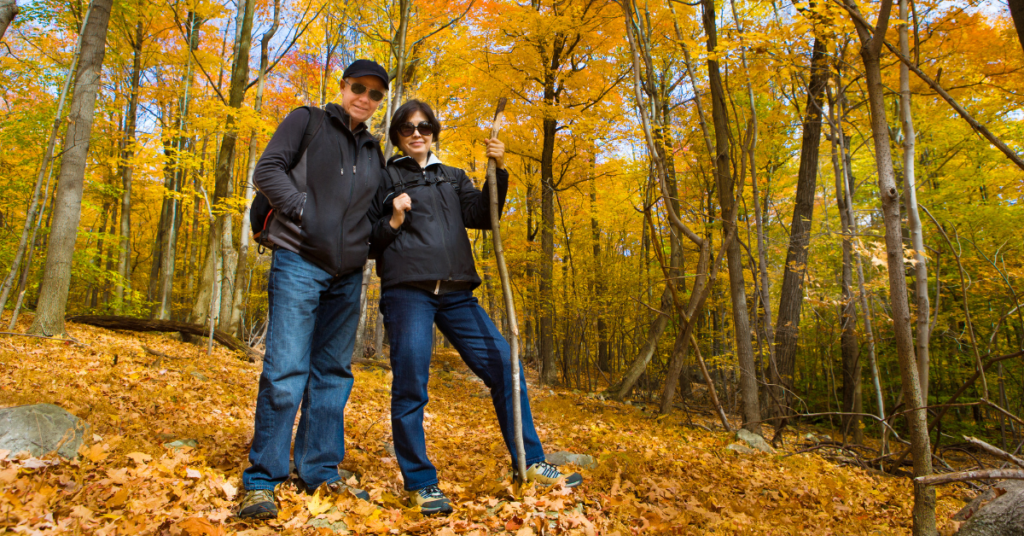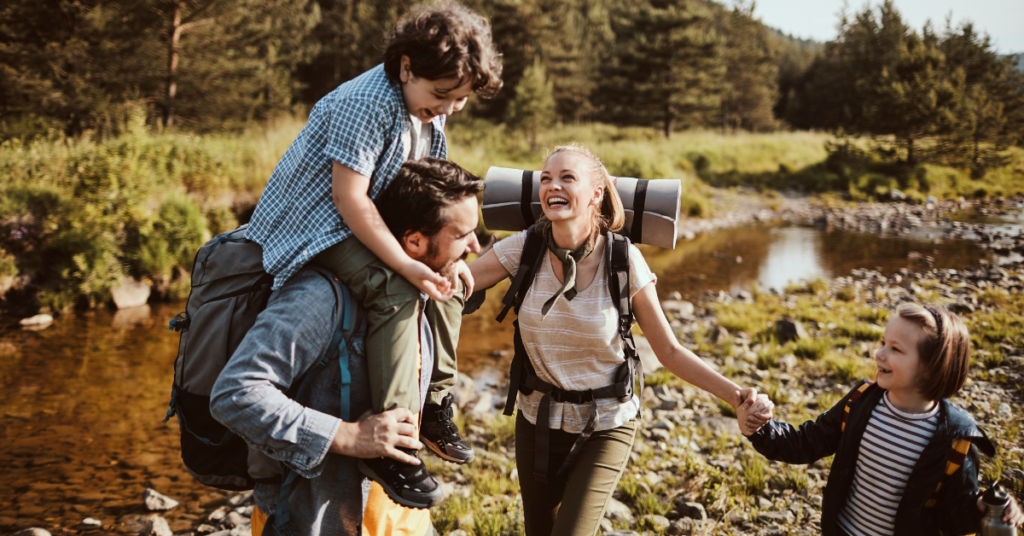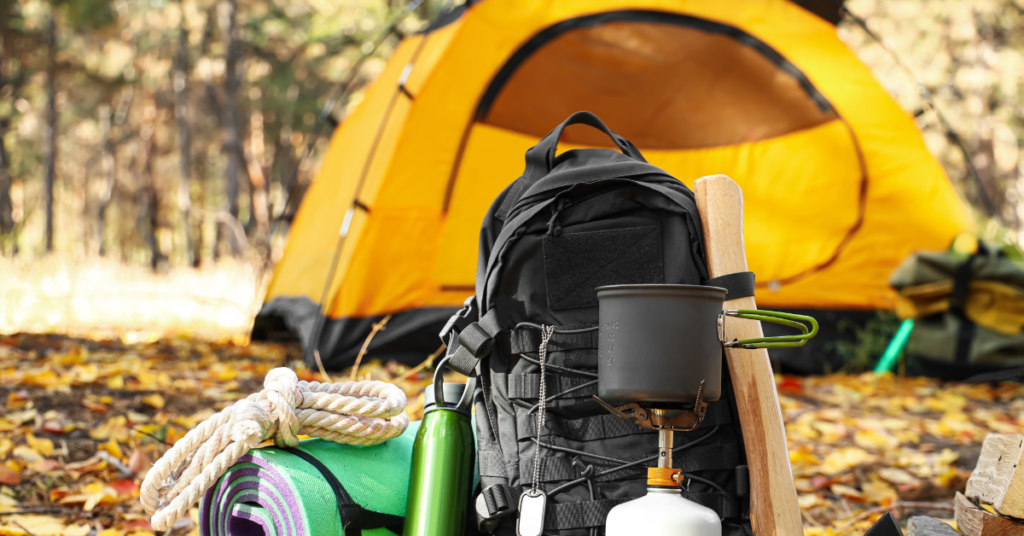In autumn, tourists are waiting for rains and frosts, but this is not a reason to give up hiking at this time of year. There are much more advantages of an autumn weekend hike:
During the day, there is usually a slight coolness; there is no summer heat and stuffiness. In such weather, it is comfortable to move at an active pace, without freezing and without sweating.
The nights are already cold enough that mosquitoes and midges do not breed. At the same time, there are no severe frosts yet, so you do not need to carry a heavy winter sleeping bag and a supply of warm camp clothes.
The forests are full of berries and mushrooms. Their collection and preparation can be organically entered into the schedule of the hike. So in the memories and sensations from it, there will also be a gastronomic component.
The number of tourists, even on popular routes in comparison with the summer, is low by several times, and there will be more parking lots where you can retire. The riot of autumn colors will definitely not leave anyone indifferent.

So why not get out on a little weekend hike? In order for the hike to bring only positive emotions, you should responsibly approach the choice of equipment that you will take with you. Let’s try to collect a backpack together for going out into the autumn forest.
Backpack
For an autumn weekend hike with comfort, you will need a tourist backpack with a volume of 50-70 liters. As little as possible if you know how to make do with a minimum of light equipment. Or more, for example, if you are the owner of a very large sleeping bag or are the head of a family who will also need to carry children’s things.
You must protect the backpack from precipitation. This will require a rain cape. It is put on top of the backpack and does not let it get wet from the rain or when you put it on damp moss or soil during halts. Also, the cape does not allow the backpack to get dirty on the route or during its transportation. Afterward, you can easily wash it separately. However, it will not be easy to clean the dirt from the backpack itself.
On the route, it is worth taking 2-3 hermetic bags with a total volume of 30-40 liters. With their help, you can solve a number of problems:
Inside the backpack, wet and dry things will always be separated from each other. For example, a damp tent from a sleeping bag and camping clothes.

If the backpack has to be unpacked in the rain, then the necessary things will remain dry.
There is always a risk of getting your backpack wet by accidentally putting it in a puddle or stumbling while crossing the river fording. The cape may not save you from this. Only thanks to hermetic bags, critical things — a sleeping bag, warm clothes, and socks — will remain dry in such a situation.
Sleeping bag
In autumn, cold nights and morning frosts await you on a hike, so the sleeping bag should be warm. How warm it depends on the average night temperature in autumn for your region. Next, start with how you tolerate the cold.
Sometimes a warm summer sleeping bag is almost enough for overnight stays in autumn, especially when the difference in night temperatures is not too great. For example, the bag is designed for 0°C, and at night -5°C is expected in the worst case. Buying another sleeping bag for this is psychologically difficult and expensive. But there is a way out. The temperature regime of the sleeping bag can be slightly expanded with a couple of tricks:
sleep in warm clothes — thick socks or downy chunky, fleece jacket and pants or a thin down jacket; complement the sleeping bag with a warm fleece liner.
Tent
There are no special requirements for a tent for an autumn weekend hike. Except that the chilly weather and cold wind make ultralight shelters and tents less comfortable.
It will be much more comfortable in full-fledged all-season and three-season models. In them, the edge of the awning is lowered low enough, there are more fabrics on the inner canopy than nets, and there are ventilation windows. There will be no draft blowing into such tents, there will be enough space inside to change clothes before going to bed, and there is enough space in the vestibule to cook on a burner in bad weather.

If you go hiking in a small group, then be sure to take an awning with you to stretch it over your parking lot in case of inclement weather. Under it, you can cook, dine or store things to shelter them from the rain with waterproof camping tarps.
Carpet
In summer, most tourists have enough ordinary foam, especially for those who are unpretentious in terms of comfortable sleep. But in the fall, its thermal insulation may simply not be enough. Keep this in mind and pay attention to the stated R-Value parameter, which illustrates how warm the travel mat is. It is desirable that the R-Value is equal to or higher than 2.5. It will be possible to sleep comfortably on such a rug, even if you lay it on the cold autumn ground.
Burner
The choice of a specific burner model for an autumn weekend hike depends on what you plan to cook and what volume of dishes to use together with it. A compact cylinder gas burner is suitable for solo tourists and twos. However, it is more convenient for groups of 3-4 people to use a stable hose model in combination with a windproof screen.
The second option is to cook on a campfire if you go in a group of more than 4-5 people or use a wood—burning stove if the team is small. With the ignition of the fire, difficulties may arise, and soot and smoke will be added to them, but the bonfire adds to the camping romance. Especially on cold autumn evenings when you want to move closer to the hot flame.
I hope you enjoy our article, do check out more of our amazing articles.



